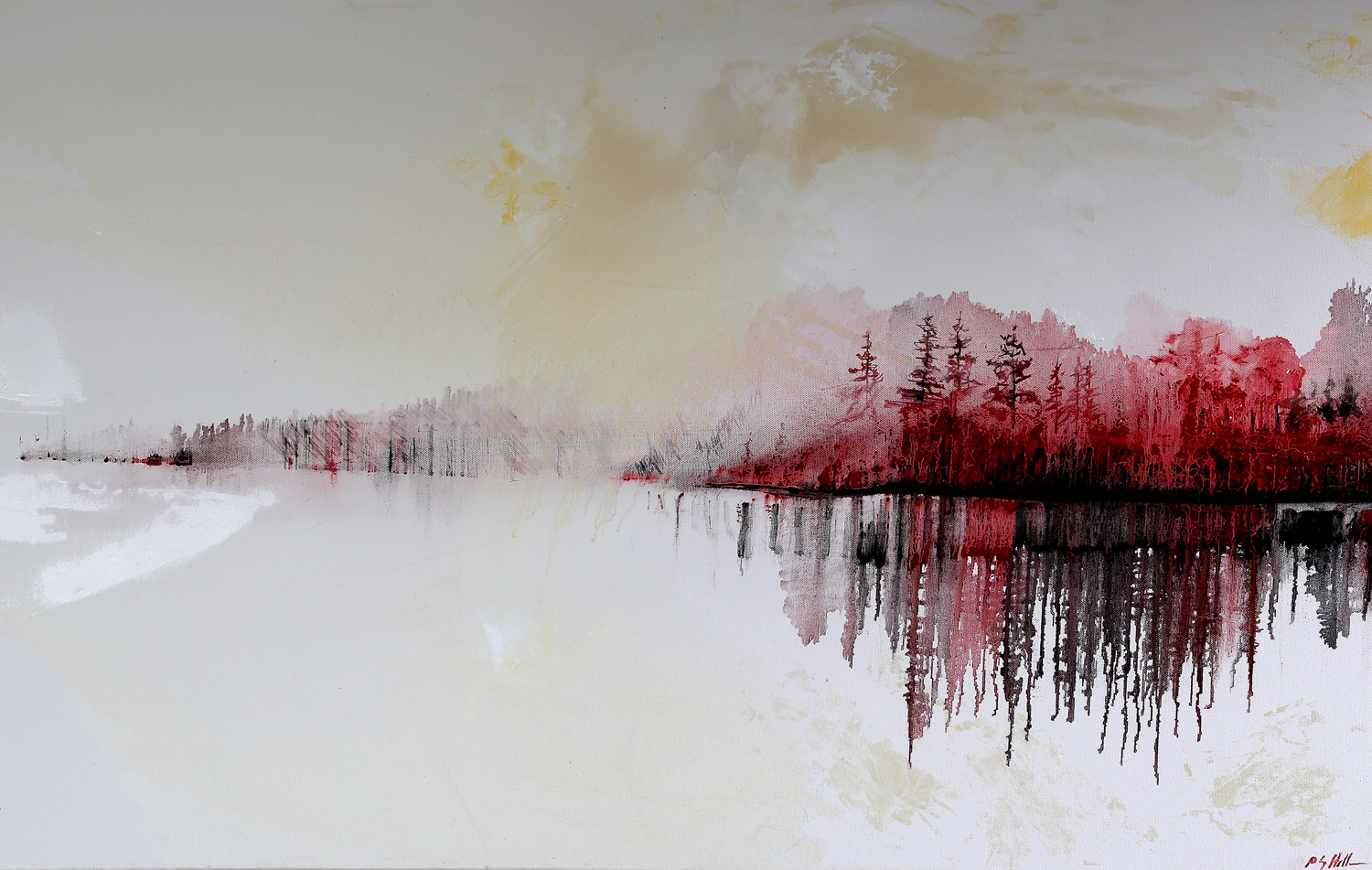

Starry Night shows the vast power of nature and the church spire and cypress tree - representing man and nature - both point to the heavens.In 1527 Europe, religious dominance had the power to direct and inform the content and climate of society's artistic output. Despite this, his use of the word 'quiet' and reference to Tolstoys book indicates that the night sky made him feel calm and brought to mind eternity. Such fleeting mentions of religion echoed van Goghs feelings towards the subject at this time he could neither forget it nor totally accept it. " Later in the letter he makes reference to Leo Tolstoys book My Religion and its lack of belief in resurrection. In a letter to his brother, Theo, van Gogh comments: "I should not be surprised if you liked the Starry Night and the Ploughed Fields, there is a greater quiet about them than in the other canvases. He also knew that in death he would be at peace and further portrays this by using bold colors in the Starry Night painting. It seems that van Gogh was finally being cured of his illness and had essentially found his heaven. Furthermore, with shining stars filling the sky, there is always light to guide you.

Quiet reflection painting windows#
It seems that van Gogh was showing that even with a dark night such as this it is still possible to see light in the windows of the houses. There are various interpretations of Starry Night and one is that this canvas depicts hope.

Van Gogh paints the rich colors of the night and this corresponds with the true character of this Starry Night, whereby colors are used to suggest emotion. The dominance of blue in Starry Night is balanced by the orange of the night sky elements. The buildings in the centre of the painting are small blocks of yellows, oranges, and greens with a dash of red to the left of the church. Vincent van Gogh´s choice of dark blues and greens were complemented with touches of mint green showing the reflection of the moon. Vertical lines such as the cypress tree and church tower softly break up the composition without retracting from the powerful night sky depicted in Starry Night. Van Gogh's use of white and yellow creates a spiral effect and draws attention to the sky. Some believe van Gogh may have been suffering from lead poisoning or a type of brain disease and that this explains his strange use of color in later paintings. Van Gogh´s choice of color in Starry Night has been much debated, particularly the dominance of yellow in this and other late works. It is painted in the same way as the sky with fluid lines which enhances the flow of the Starry Night painting well as its easiness on the eye. In the left foreground is a curvy cypress tree which is typically associated with mourning. In terms of composition, the church steeple gives an impression of size and isolation. The steeple dominates the village and symbolizes unity in the town.

The village is peaceful in comparison to the dramatic night sky and the silence of the night can almost be felt in Starry Night. The village is painted with dark colors but the brightly lit windows create a sense of comfort. Many feel that van Gogh´s turbulent quest to overcome his illness is reflected in the dimness of the night sky. In Starry Night contoured forms are a means of expression and they are used to convey emotion. " The vivid style chosen by van Gogh was unusual - he chose lines to portray this night scene when silhouettes would have been a more obvious choice. The artist was aware that his Starry Night composition was somewhat surreal and stylized and in a letter to his brother he even referred to "exaggerations in terms of composition. Thus Starry Night´s composition was distinct from the Impressionist technique of the 19th century. These internal elements ensure fluidity and such contours were important for the artist even though they were becoming less significant for other Impressionists. The setting is one that viewers can relate to and van Gogh´s swirling sky directs the viewer´s eye around the painting, with spacing between the stars and the curving contours creating a dot-to-dot effect. The night sky depicted by van Gogh in the Starry Night painting is brimming with whirling clouds, shining stars, and a bright crescent moon.


 0 kommentar(er)
0 kommentar(er)
